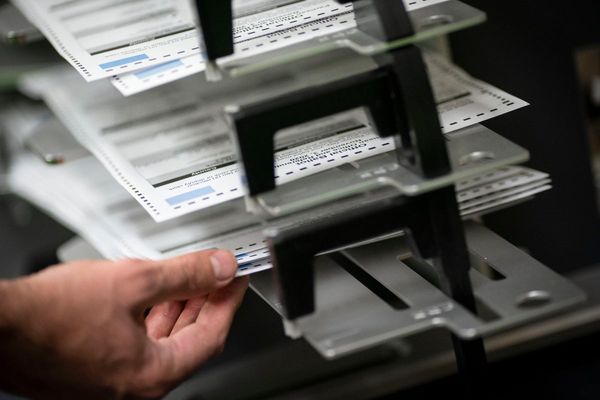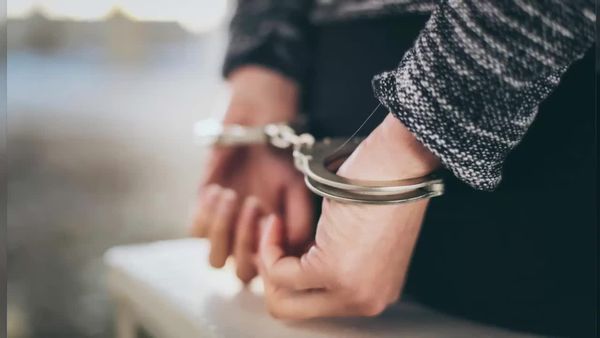
The amazing success story of a Takapuna writer
In 2021, I self-published The Lighthouse, a novel I had been working on for 10 years. Something that kept me going was the thought I might one day walk into a bookstore and see my book sitting on the shelf. Would I have preferred to publish traditionally? Of course. Did anyone want to take my book on? No. But rather than let my manuscript wallow for eternity in a Dropbox folder (or spend another year getting rejection emails from agents), I took matters into my own hands.
Self-publishing seems straightforward. Load it on Amazon, and then with a simple click of a little green button, set your pride and joy loose on the world. But just as immediately a trapdoor opens and your precious novel disappears into the great Amazon abyss, lost among the other 7500 books self-published that very same day – and you're sitting there staring at the KDP dashboard which has depressingly flatlined at 0 sales.
Books don’t write themselves, and they don’t sell themselves either. Probably close to 99% of all self-published titles only ever sell fewer than 100 copies. There were some immediate things I did to get my book noticed. First, I opted to make it dirt cheap: 99c. Any price under $1.99 and Amazon takes a higher cut (70% as opposed to 30%), but this low-price strategy encouraged a good number of sales, enough to start generating some precious ratings and reviews, which, most crucially, made the mysterious Amazon algorithm take notice the book and begin pushing it to other customers across their site.
Then I put up some ads on Amazon and other social media platforms. The tight margins are a challenge to make this sort of advertising work effectively, and not all the social media platforms are created equally with each having vastly different audiences, but these ads have also helped spread awareness and if you get the targeting spot on and pair it with the right ad, the clicks can convert into a lot of sales. And the proof has been in the pudding: fast forward 18 months and the book has sold over 30,000 copies, garnered nearly 3000 ratings and over 200 reviews, and is currently stocked in over 200 libraries, mostly in the US - everywhere from the LA Public Library to the District Library in Schaumburg, Illinois.
But something was missing. I still hadn’t seen my book in a store. I first tried to get the book out there in the media with a PR blitz, hoping booksellers might take notice and want to stock it, but this was in October 2021 when Auckland was in the midst of that dreaded Delta lockdown. No one was interested in a new book from an unknown author, least of all the booksellers who were struggling enough as it was just to operate under Level 3 conditions. After the Covid dust settled, I changed tack and decided to target the smaller independent stores, but whenever I walked in and proclaimed I had self-published a book, there was an instant scrunching up of the nose. They said, “We’ll get in touch.” None of them did.
The store soon sold out and requested more, and then other stores caught wind and began approaching me direct. By December 2022 I sold enough copies to scrape into the Top 10 charts, where the book stayed over Christmas and through to the end of January
I then thought to take a chance on Paper Plus. Each of their stores are individually owned, which meant all I had to do was convince the manager of one single store to take my book on. Having frequented my local store many times, I already knew who the manager was, so I picked my moment and cornered him while he was out on the shop floor, stacking copies of Lonely Planet. I introduced myself, shook his hand, then launched into a spiel about what the book was about. To his credit he didn’t rush me out the door. He patiently listened as I blabbered on about its Goodreads rating and how many copies I’d sold – anything to dispel any self-publishing prejudices he might have and convince him my book was worth its salt - and then, whether he took pity, liked the look of the book, was in a good mood, or simply because we shared the same first name, nodded his head and said, “Okay. We’ll give it a shot.”
We did some hard and fast negotiating right there in the travel aisle (not really, but I at least like to pretend I put up some small measure of a fight). We agreed to a 50/50 split, which meant at a $35 price we’d keep $17.50 each. I had only done a small print run at 200 copies, which had cost me $14 per copy, so I only stood to make a few bucks, but that was hardly the point. I walked out of there with a skip in my step and returned later that day with a dozen books, which the manager promptly stacked in a tower on the front table, snug between Lee Child, Danielle Steele, and Lucinda Riley. Mission accomplished.
Since then, the book has taken on a life of its own. That store soon sold out and requested more, and then other stores caught wind and began approaching me direct. By December 2022 I was in half a dozen stores and sold enough copies to scrape into the Top 10 charts, where the book stayed over Christmas and through to the end of January. Word spread and more stores got in touch, and a few weeks ago I took a chance and approached Whitcoulls, and they agreed to stock the book as well. I’m now on my third print run and my bedroom has become a storage unit - there are over 1000 copies stacked up along the wall and each day I’m running boxes to the post shop to send all over the country. Last week it was to stores in Te Puke, Whitianga and Taupō, this week it’s Matamata, Kāpiti Coast and Gisborne.
Am I making any money? Not much. Publishing is a tough business, only really viable at higher volumes. But as a writer who has self-published his own story, nothing tops the feeling when you get a message from a reader saying they popped into their local bookstore, picked up a copy, read it not once but twice, and now are sharing it around their family. That alone is worth its weight in gold.
The Lighthouse by Christopher Parker (Beacon Press, $34.99) is available at bookstores more or less nationwide, or by contacting the author directly. It was the 10th biggest-selling novel of summer; the plot synopsis reads, "18-year-old Amy is mourning her mother's death. Her father Kevin takes her to the seaside town of Seabook on America's West Coast, where the big tourist attraction is an historic lighthouse. There Amy meets a troubled young man called Ryan who's unintentionally about to cause his father a whole lot of grief..."
.







